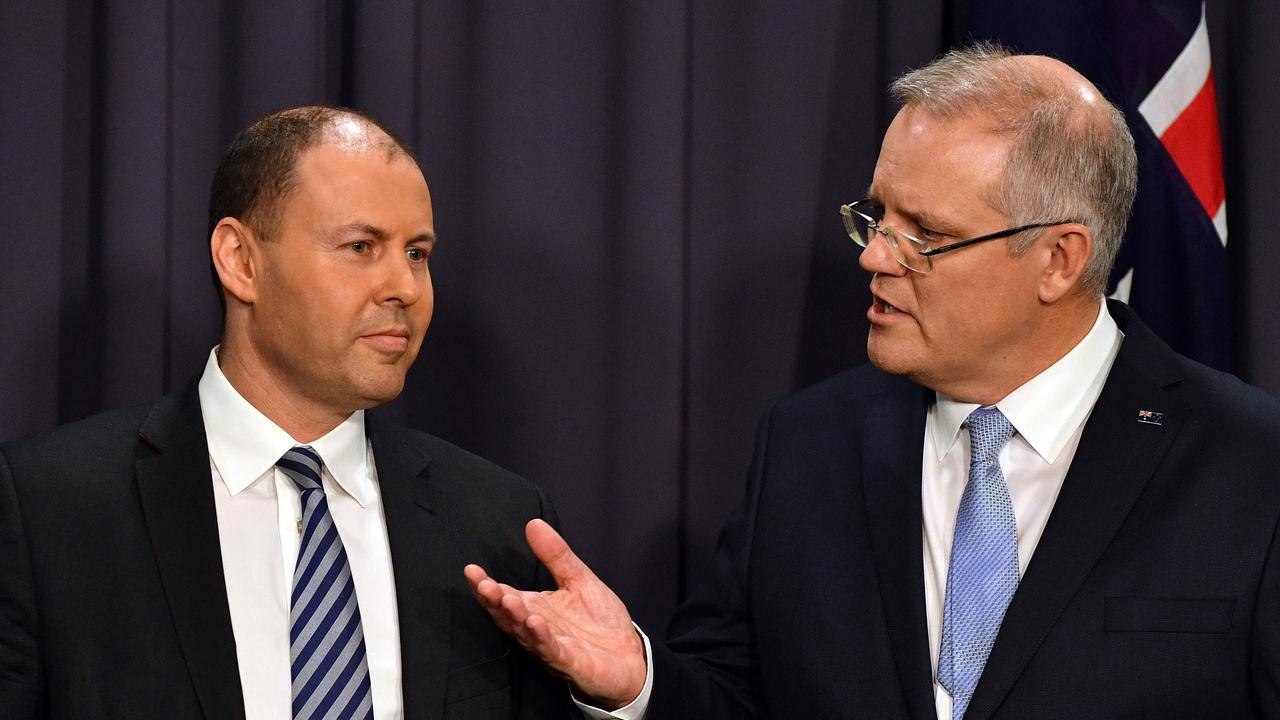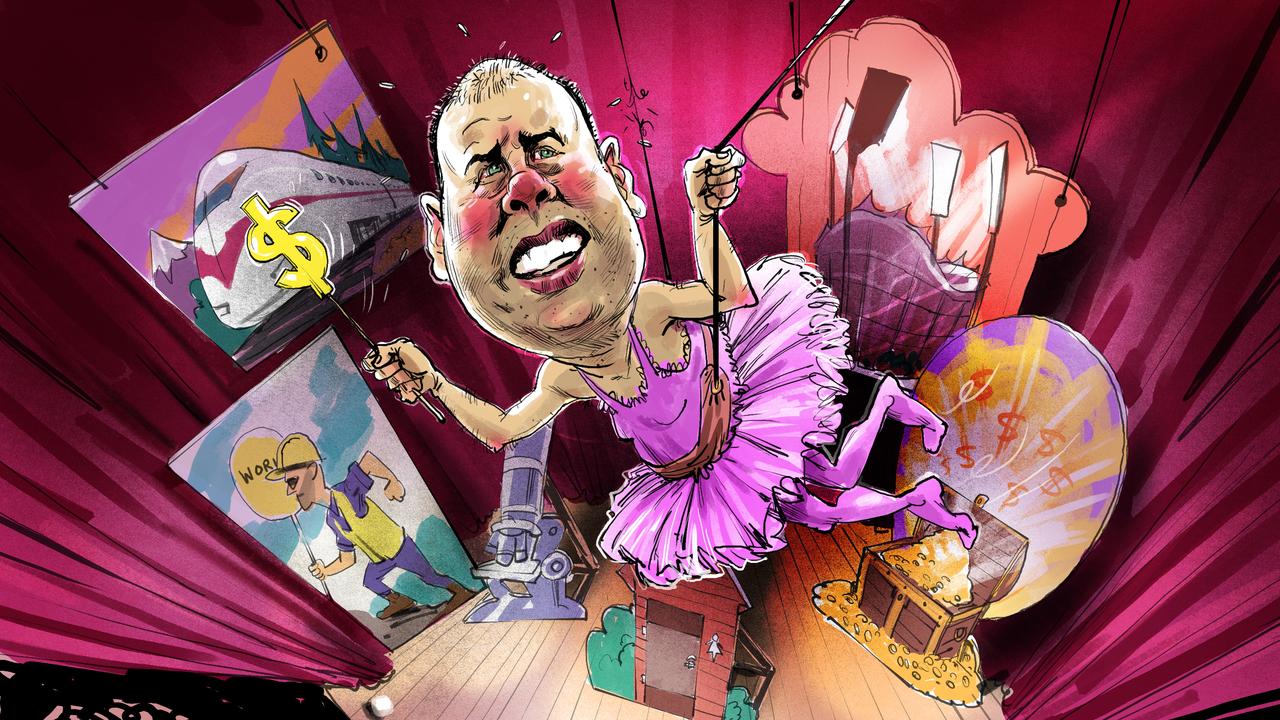Budget 2018: Turnbull on track to meet defence targets
Australia will pour billions of dollars over the next 12 months into developing key air and land combat capabilities.

Malcolm Turnbull is on track to meet the target of lifting defence expenditure to 2 per cent of GDP by 2020-21 and will pour billions of dollars over the next 12 months into developing key air and land combat capabilities.
The government forecasts it will spend a total of $36.4 billion on defence in the coming financial year and $160.7bn over the forward estimates as it seeks to make good on its vision to develop a more potent and robust defence combat capability into the 21st century.
Senior Australian Strategic Policy Institute analyst Marcus Hellyer said there was a real increase in defence spending of 1.3 per cent on last year’s budget, but warned spending would need to lift dramatically over the next 24 months.
“The government is on track to achieve the 2 per cent of GDP target,” he said.
“However, over this year and next year it’s only a moderate increase in real terms. There will need to be a big jump from 2019-20 to hit 2 per cent in 2020-21.’’
Defence spending will track along at about 1.9 per cent of GDP in 2018-19 as well as 2019-20 before rising to meet the government’s 2 per cent target in 2020-21.
The total cost of defence operations in 2018-19 is estimated at $750 million with the ongoing Australian operation to counter Islamic State in Iraq and Syria estimated to cost taxpayers $306m — a decrease on the $454m spent in 2017-18.
The total 2018-19 spend on major defence capabilities including ships, submarines and fighter jets is estimated at $8.4bn — including $7.7bn on projects which have already been approved by cabinet.
The budget papers confirm the first two Joint Strike Fighters for training use within Australia are due to be delivered by December, and will be based at RAAF Williamtown. The government will also funnel $1.8bn into the next stage of the delivery of the JSF program over the 2018-19 financial year.

Eight of the new JSFs are expected to be delivered in 2018-19, with the contracts to be finalised for the delivery of another 15. The government will need to spend about $2bn a year over the next four to five years to deliver all 72 aircraft on time.
The government estimates it will spend $414m in 2018-19 on the maintenance of the fleet of 36 Super Hornet and electronic attack Growler aircraft — a warning that the sustainment costs of the new JSFs may come with a hefty price-tag.

A $592m investment will also be made on the P-8A Poseidon maritime surveillance aircraft in 2018-19 while $628m will go towards the delivery of medium and heavy military vehicles.
Just over $400m will be spent on the future submarine project — the largest and most complex defence acquisition in Australian history — while $376m will advance the delivery of the Air Warfare Destroyer program.

The budget showed defence expenditure had been re-profiled, with $500m brought forward into the 2017-18 financial year.
Defence Minister Marise Payne and Defence Industry Minister Christopher Pyne said the budget was keeping Australians safe by funding global operations and delivering on the capability plans set out in the 2016 Defence white paper.







To join the conversation, please log in. Don't have an account? Register
Join the conversation, you are commenting as Logout